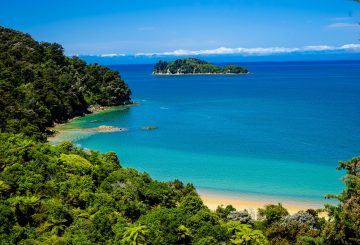トイ・モアナ・ベイ・オブ・プレンティ地域評議会は、ベイ・オブ・プレンティ地域の洪水に対する抵抗力を高めるために、2024年予算から2,000万ドルの共同投資が行われたことを歓迎しました。連立政権の予算には、地域の生産性とレジリエンスを支援するための地域インフラ基金の計画が含まれています。この基金は、3年間で総額12億ドルに上り、ニュージーランドの地方全域の新規および既存のインフラに投資するものです。
最初に資金提供を受けるプロジェクトは洪水防止およびレジリエンスプロジェクトで、初期配分額は2億ドルです。このうち、最大1億110万ドルが全国の42のプロジェクトに充てられます。この共同投資は、地域経済開発投資ユニット(Kānoa)が管理し、地域評議会が5つの河川と排水計画のうち3つで洪水防止インフラプロジェクトを実施するのを支援します。
プロジェクトには、ファカタネ市内中心部の洪水防御施設の再構築、カイトゥナ川下流の洪水インフラの改善と交換、オポティキ周辺のストップバンクのアップグレードなど、多段階プロジェクトであるプロジェクト・フューチャー・プルーフの今後の段階が含まれます。
市議会議長のダグ・リーダー氏は、この共同投資により、地域全体の生命と生計を守るためのインフラの重要性が認識されたと述べています。彼は、洪水はニュージーランドで最も一般的な自然災害であり、平均して8か月ごとに大規模な洪水が発生していることを強調しました。ニュージーランドの洪水インフラのほとんどは、現在発生している、または将来見られるであろう気象現象の規模や強度に対応して構築されていないため、今すぐ行動する必要があると強調しました。
この共同投資は、2020年に開始されて以来、増大する納税者負担の軽減に貢献してきた、地域評議会、単一自治体、カノア市が共同で行っている「レジリエント・リバー・コミュニティ・プログラム」に基づくものです。リーダー氏は、今回の共同投資でも同様の効果が見込まれると述べています。
地域評議会は現在、2024年予算案の発表が金利に与える影響を検討中であり、6月26日に長期計画が採択され次第、情報を公表する予定である。

















































-660x440.jpg)











